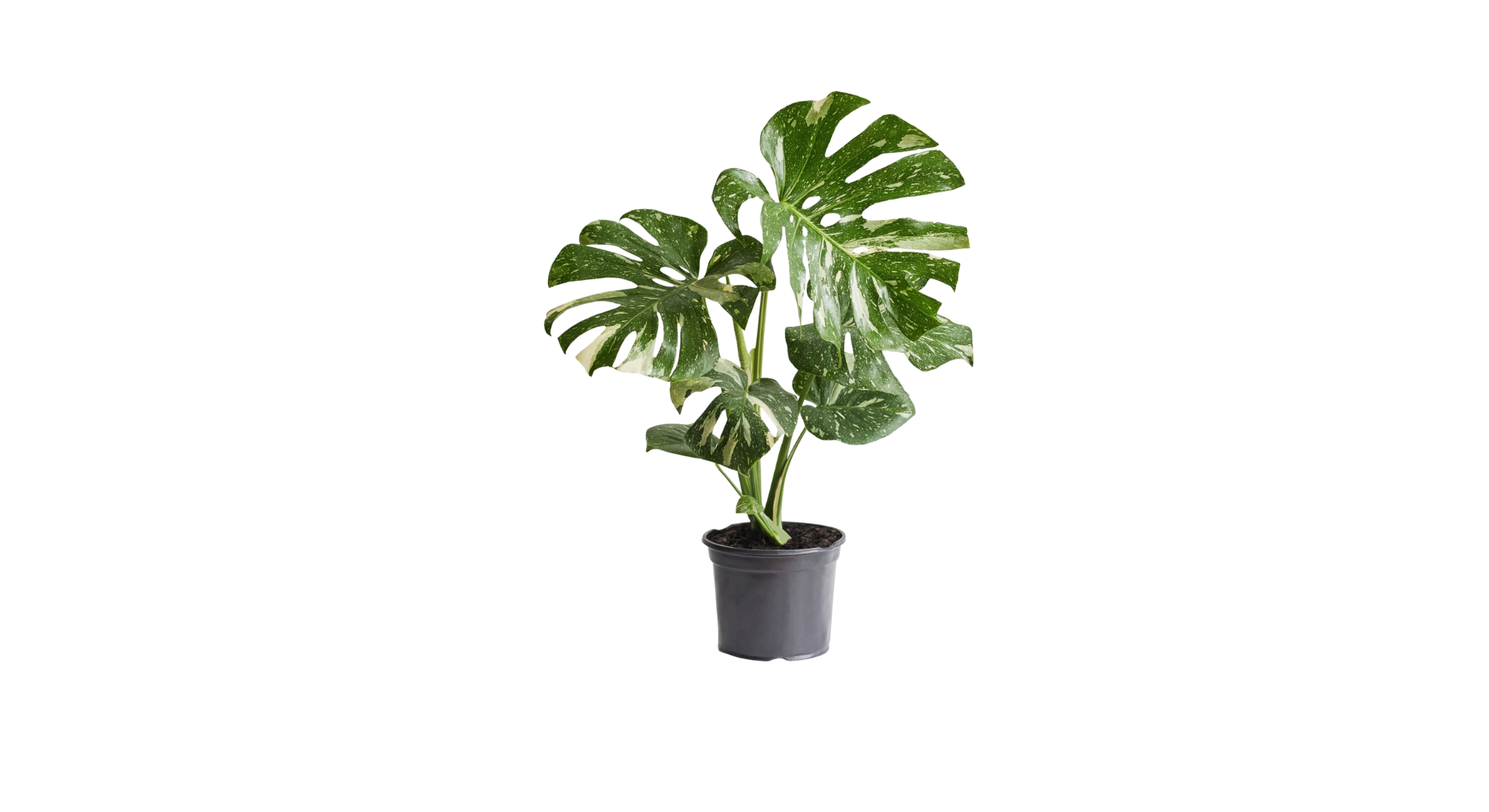Sanseveria Moonshine
Also known as Sansevieria craigii, Sansevieriajacquinii, and Sansevieria laurentii superba, this beautiful plant is very popular as a houseplant.
Native to West Africa, ranging from Nigeria to the Congo, this plant is commonly known as a snake plant.
Sansevieria Moonshine is a beautiful, upright snake plant with broad silvery green leaves. It enjoys bright indirect light. In low light conditions, the leaves may turn a darker green but keep its silvery sheen. Moonshine is drought-tolerant. Let the soil dry out between watering.
Indirect bright light (e.g. morning sun) for indoor moonshine sansevieria is optimal.
But despite its requirements, the plant can withstand full sun and low light conditions.
Being a succulent, this plant doesn’t require much water to stay healthy and thrive.
Even though Sansevieria moonshine can tolerate drought conditions, you should let the soil dry out between watering.
Keep the leaves dry and prevent overwatering as it may cause root rot.
Also, lower the frequency of water to once a month when the temperatures start dipping low.
Also known as Sansevieria craigii, Sansevieriajacquinii, and Sansevieria laurentii superba, this beautiful plant is very popular as a houseplant.
Native to West Africa, ranging from Nigeria to the Congo, this plant is commonly known as a snake plant.
Sansevieria Moonshine is a beautiful, upright snake plant with broad silvery green leaves. It enjoys bright indirect light. In low light conditions, the leaves may turn a darker green but keep its silvery sheen. Moonshine is drought-tolerant. Let the soil dry out between watering.
Indirect bright light (e.g. morning sun) for indoor moonshine sansevieria is optimal.
But despite its requirements, the plant can withstand full sun and low light conditions.
Being a succulent, this plant doesn’t require much water to stay healthy and thrive.
Even though Sansevieria moonshine can tolerate drought conditions, you should let the soil dry out between watering.
Keep the leaves dry and prevent overwatering as it may cause root rot.
Also, lower the frequency of water to once a month when the temperatures start dipping low.





